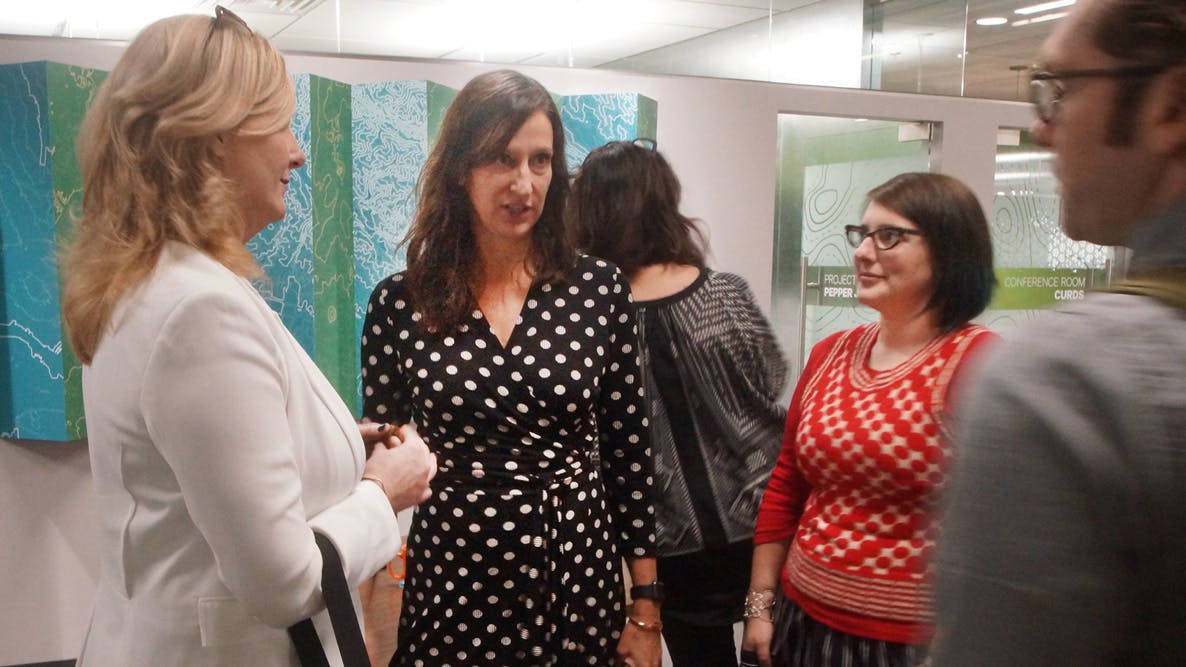User Experience Research at LinkedIn
Julie Norvaisas from LinkedIn stopped by our offices to share tips on how they research User Experience to deliver the best products and services.
User Experience Research at LinkedIn
Let's build something together.
Women in design: 8 ways your origin story can make you a better designer
Only about 19% of professional industrial designers in the United States are women.
Read more
Stop Design Thinking From Becoming 'Innovation Theater'
Too many times design thinking projects fall victim to the trappings of innovation theater. Here's how not to let that happen.
Read more
The importance of an improvisation mindset
This article is part one of a two-part series about the advantages of an improvisation mindset on workplace teams.
Read more
10 steps to help combat design tunnel vision
Have you ever been given a physical tool to help you complete a task when what you really needed was information or support?
Read more
How to MIND Map Your Way to Project Success
Most design processes start with empathy or insights and jump right into design research methods – forgetting to acknowledge how crucial framing and scoping can be.
Read more
Reducing Medical Device Risk with Usability Testing and uFMEAs
Medical devices are commonly recalled due to usability issues that can be prevented with human factors plans and uFMEAs.
Read more
